Answered step by step
Verified Expert Solution
Question
1 Approved Answer
In this part of the course project, you will identify an inventory process in your organization for a product with a long lifecycle. Look for
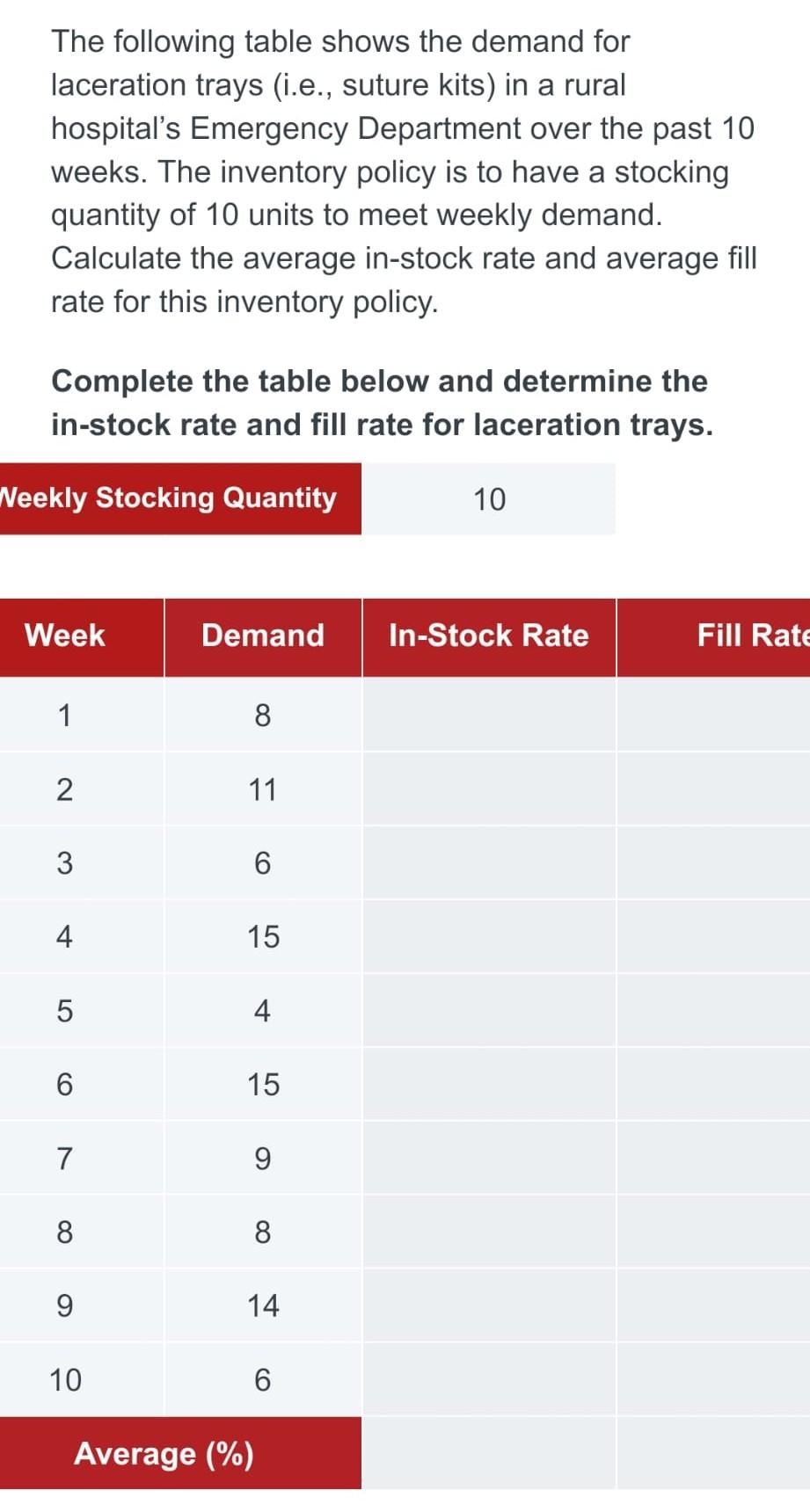
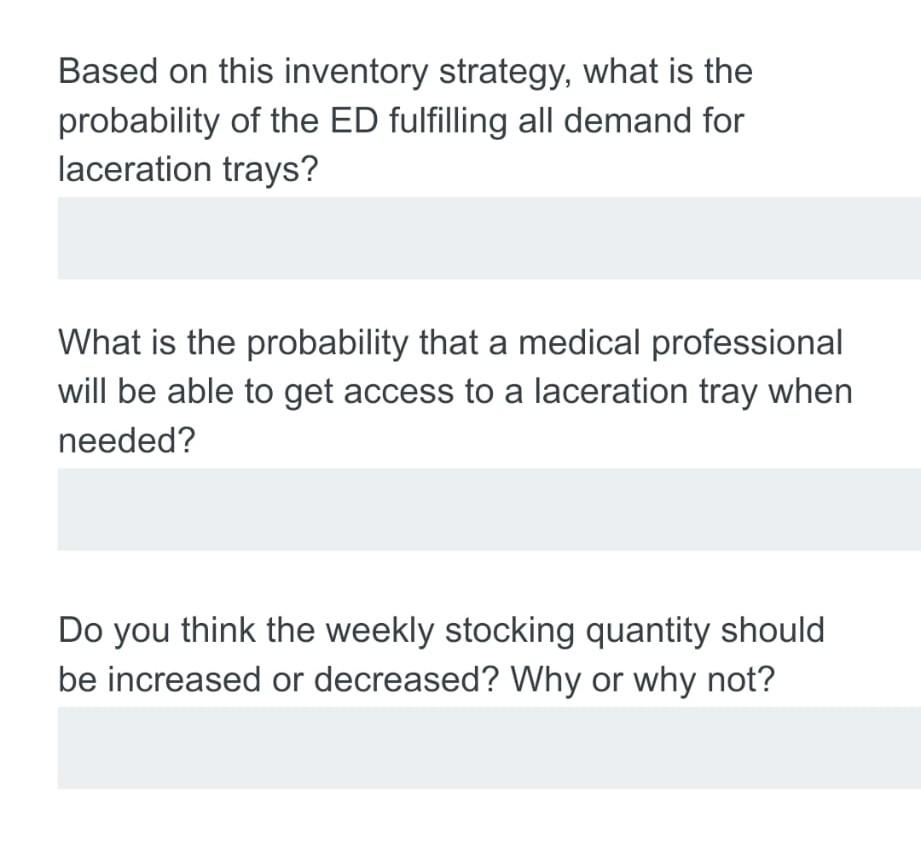


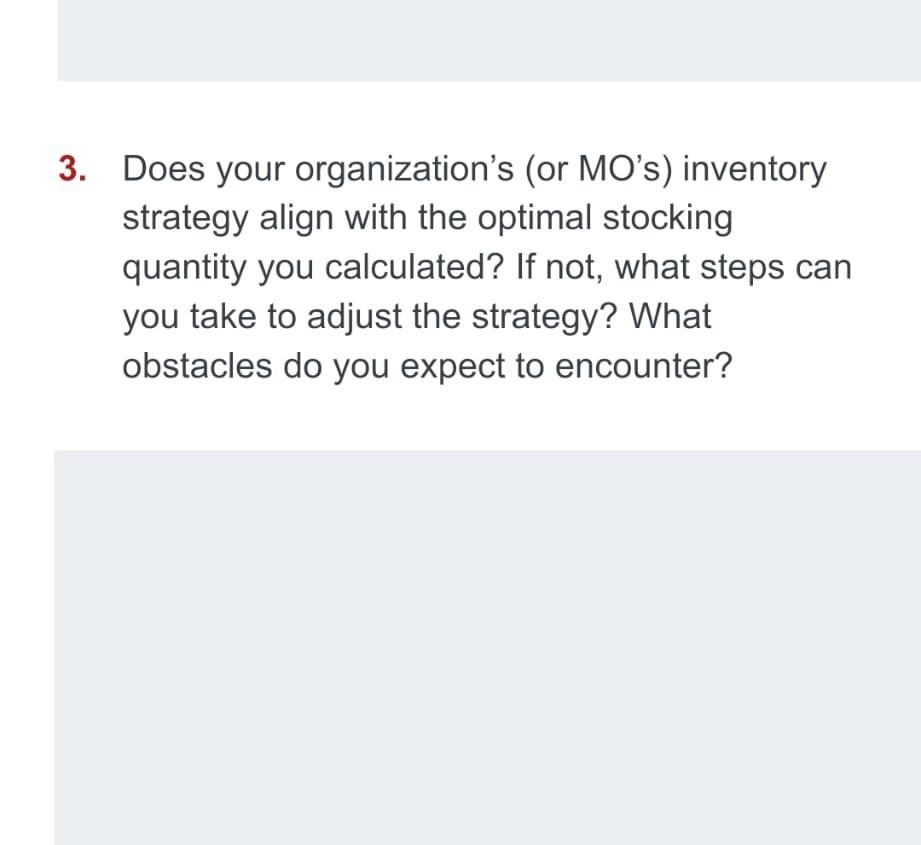

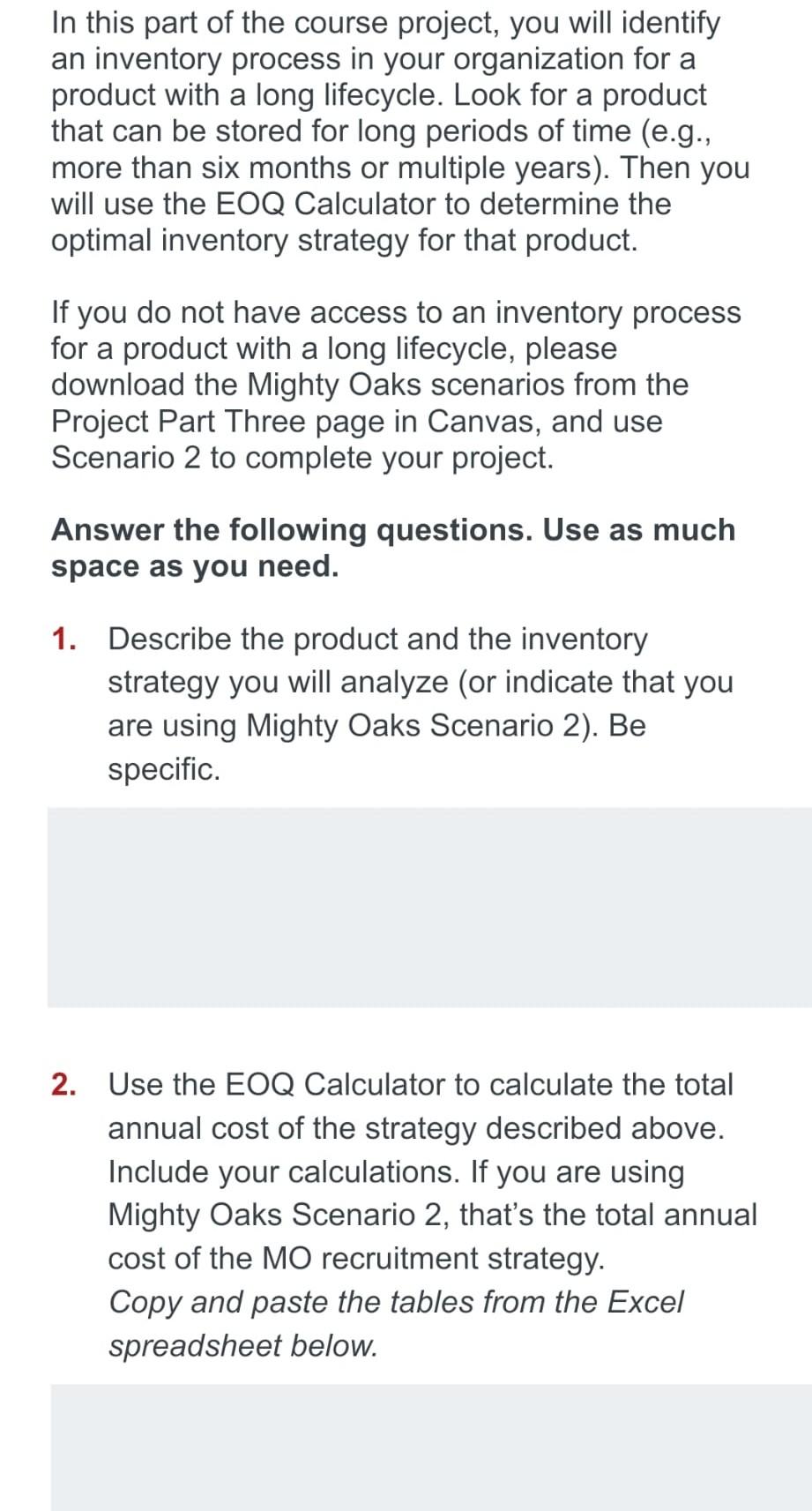
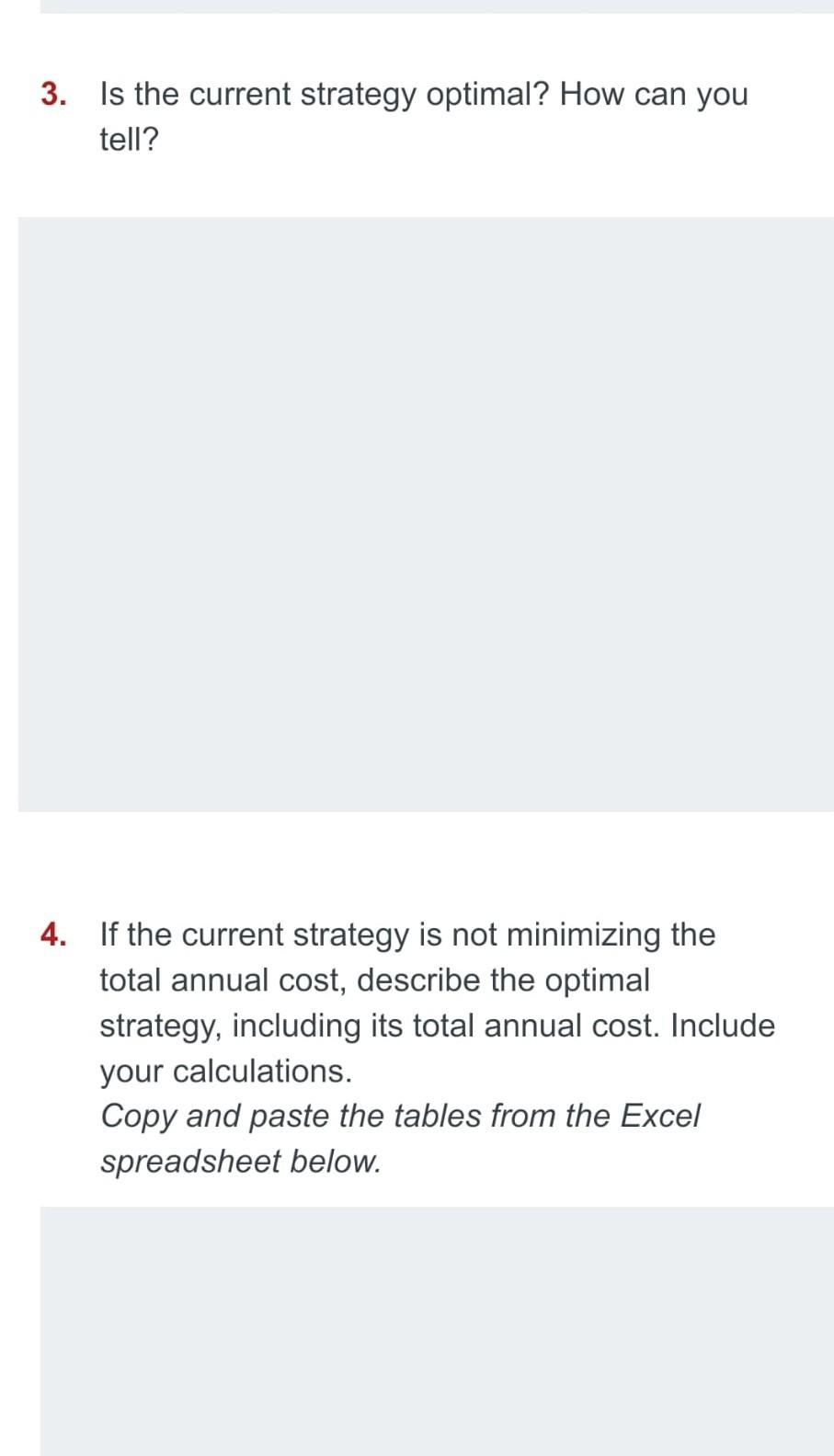
In this part of the course project, you will identify an inventory process in your organization for a product with a long lifecycle. Look for a product that can be stored for long periods of time (e.g., more than six months or multiple years). Then you will use the EOQ Calculator to determine the optimal inventory strategy for that product. If you do not have access to an inventory process for a product with a long lifecycle, please download the Mighty Oaks scenarios from the Project Part Three page in Canvas, and use Scenario 2 to complete your project. Answer the following questions. Use as much space as you need. 1. Describe the product and the inventory strategy you will analyze (or indicate that you are using Mighty Oaks Scenario 2). Be specific. 2. Use the EOQ Calculator to calculate the total annual cost of the strategy described above. Include your calculations. If you are using Mighty Oaks Scenario 2, that's the total annual cost of the MO recruitment strategy. Copy and paste the tables from the Excel spreadsheet below. Does your organization's (or MO's) inventory strategy align with the optimal stocking quantity you calculated? If not, what steps can you take to adjust the strategy? What obstacles do you expect to encounter? 3. Is the current strategy optimal? How can you tell? 4. If the current strategy is not minimizing the total annual cost, describe the optimal strategy, including its total annual cost. Include your calculations. Copy and paste the tables from the Excel spreadsheet below. The following table shows the demand for laceration trays (i.e., suture kits) in a rural hospital's Emergency Department over the past 10 weeks. The inventory policy is to have a stocking quantity of 10 units to meet weekly demand. Calculate the average in-stock rate and average fill rate for this inventory policy. Complete the table below and determine the in-stock rate and fill rate for laceration trays. Neekly Stocking Quantity 10 In this part of the course project, you will identify an inventory process in your organization for a product with a short lifecycle. Look for a product that becomes obsolete relatively fast (e.g., days, weeks, or a couple of months). Then you will use the Newsvendor Calculator to determine the optimal stocking quantity of that product. If you do not have access to an inventory process for a product with a short lifecycle, please download the Mighty Oaks scenarios from the Project Part Two page in Canvas, and use Scenario 1 to complete your project. Answer the following questions. Use as much space as you need. 1. Describe the product and the inventory process you will analyze (or indicate that you are using Mighty Oaks Scenario 1). Be specific. 2. Use the Newsvendor Calculator to determine the optimal stocking quantity of the product identified above. Include your calculations. (If you are using Mighty Oaks Scenario 1, that's the number of servings of the salmon special the kitchen should cook to maximize the expected profits of "Salmon Friday.") Copy the table from the Excel spreadsheet and paste it below. Based on this inventory strategy, what is the probability of the ED fulfilling all demand for laceration trays? What is the probability that a medical professional will be able to get access to a laceration tray when needed? Do you think the weekly stocking quantity should be increased or decreased? Why or why not? Scenario 1 The work involved in assisted living facilities can be emotionally challenging and physically hard. To improve staff morale, MO management is implementing several initiatives, one of which is "Salmon Friday." On Fridays, MO's dining menu includes a salmon special option for residents and visitors that can be purchased for $10. The profits of the salmon special are donated to a year-end fund created by MO management to reward its frontline staff at the end of the year. Each serving of this special has a cost of $7. Scenario 2 Because the work is so challenging, five people leave their MO job at the end of every month. To fill those vacancies, MC conducts training sessions to add 10 new workers to its frontline staff every two months. The training sessions take one week to complete and have a fixed cost of \$2,000 no matter how many new hires are being trained. After completing their training, workers are on call and assigned to part-time duties while they wait for a full-time spot to open. Management at MO has estimated that each on-call worker costs $7,500 annually
Step by Step Solution
There are 3 Steps involved in it
Step: 1

Get Instant Access to Expert-Tailored Solutions
See step-by-step solutions with expert insights and AI powered tools for academic success
Step: 2

Step: 3

Ace Your Homework with AI
Get the answers you need in no time with our AI-driven, step-by-step assistance
Get Started


